The Tyrannosaurus, commonly referred to as Tyrannosaurus rex, or T-rex, is possibly the most famous dinosaur in the world. The name is actually their genus and species name, Tyrannosaurus rex, and scientists believe there may be another species in the Tyrannosaurus genus!
While the possibly related Tarbosaurus might technically be a member of Tyrannosaurus, this article will be discussing Tyrannosaurus rex. Read on to learn about the Tyrannosaurus.
Description of the Tyrannosaurus
While no one has seen this species in person, scientists have a decent estimation of the overall appearance of Tyrannosaurus. Based on fossilized specimens, the scientists estimate that T-rex stood approximately 12 ft. tall at the hip, and grew about 40 ft. long. These massive creatures were some of the largest land carnivores to roam this earth. The Tyrannosaurus had a large head, very small front legs, and muscular rear legs.
Interesting Facts About the Tyrannosaurus
Despite being arguably the most famous dinosaur to walk the earth, most people know very little about T-rex. Learn more about what made these massive predators so impressive below.
- The Largest Carnivore to Walk on Land? – The longest known Tyrannosaur skeleton measures in at approximately 40 ft. long. However, this doesn’t mean they were the largest predatory dinosaurs! One Spinosaurus fossil measured 55 feet long, and had crocodile-like jaws.
- Mega Mystery – Just because the largest fossil we have found measured 40 ft. long, doesn’t mean that there were not larger specimens out there. Fossilization takes specific conditions, and only a small percentage of dinosaur remains underwent fossilization for humans to discover later. Scientists estimate that any single Tyrannosaurus could have measured 10 – 20% larger than the “maximum” size discovered.
- What’s in a Name? – With such a large and menacing dinosaur comes a large and menacing name. In Greek and Latin, Tyrannosaurus rex roughly translates to “king of the tyrant lizards.” This is referring to T-rex’s incredible size, and incredibly long teeth.
- Toothy Grin – One of the more menacing aspects of T-rex is their immense pair of jaws. This creature had an impressively large head. In fact, their head was disproportionately large, and required an extremely muscular neck to support it. The Tyrannosaurus had jaws lined with sharp teeth, which could grow up to 12 in. long!
Habitat of the Tyrannosaurus
These dinosaurs likely utilized a wide range of habitats. The landscape of their range was very different 65 million years ago, as was much of the world. Scientists believe that the T-rex lived in areas with high humidity and semi-tropical temperatures. They lived in coastal swamps, open forests, and likely remained close to water sources. These water sources likely attracted wide variety of prey for these carnivores to feed on.
Distribution of the Tyrannosaurus
Researchers found all of the Tyrannosaurus rex fossils today in North America. There are thirteen known specimens, all of which hid under the earth in the United States and Canada. This does not necessarily mean that these creatures did not roam the entire American continent, but simply that these areas met conditions for fossilization. Archaeologists have found seven specimens in Montana, four in South Dakota, one in Wyoming, and one in Saskatchewan.
Diet of the Tyrannosaurus
These reptiles likely fed on a wide variety of prey. This is because they would have required large amounts of food to maintain such a large size, and likely couldn’t afford to be picky. Scientists believe that T-rex had the strongest bite of any terrestrial animal known to man. This allowed them to feed on the carcasses of large dinosaurs, and more efficiently kill prey. Researchers still debate whether this dinosaur scavenged more frequently, or primarily hunted live prey.
Tyrannosaurus and Human Interaction
Humans and Tyrannosaurus never interacted at any time. Movies have featured the T-rex in movies and television more than any other dinosaur. The T-rexes featured were, obviously, either digitally created or animatronics.
Domestication
Because they never interacted, humans did not domesticate Tyrannosaurus in any way.
Does the Tyrannosaurus Make a Good Pet
No, a 40 ft. predatory lizard would not be a good household pet. If you are hoping for a dinosaur-like pet, choose something smaller, and non-extinct, like a water dragon or bearded dragon.
Tyrannosaurus Care
If they were not extinct, these creatures would prove to be quite difficult to house. If Jurassic Park has taught us anything, it would be that when housing your T-rex you should triple your security measures! Sturdy fencing and backup enclosures would be a must. On the plus side, they would likely be easy to feed, as it can be assumed they were generalists, though that might include readily available humans!
Behavior of the Tyrannosaurus
Any information we have on the behavior of these dinosaurs is purely speculation or educated guess. Fossilization can only provide so many insights to a creature’s behavior. The presence of T-rex teeth embedded in other T-rex fossils suggests that these creatures had either very high aggression towards one another, or they exhibited cannibalism. Evidence from closely related species also suggests they may have hunted in packs.
Reproduction of the Tyrannosaurus
We know very little about the reproductive strategies of the T-rex, simply because there are so few specimens to study, and very little behavioral information to attain from fossilized remains. We do know that these creatures laid eggs.
One specimen discovered contained medullary bone tissue. This tissue is extra calcium that accumulates prior to and during egg production to encase the eggs. Though we know they laid eggs, there is very little else we know about their reproductive strategies.

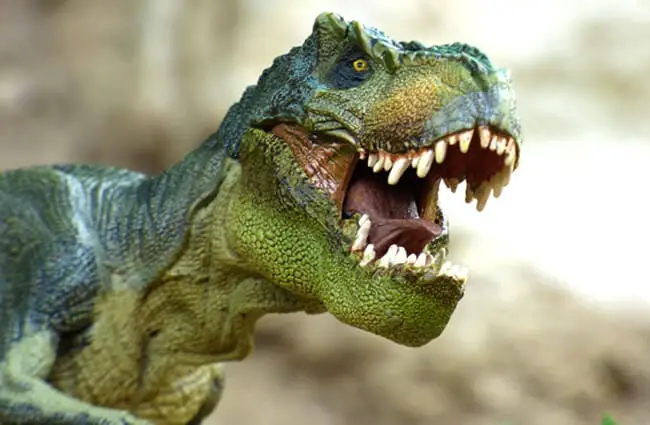

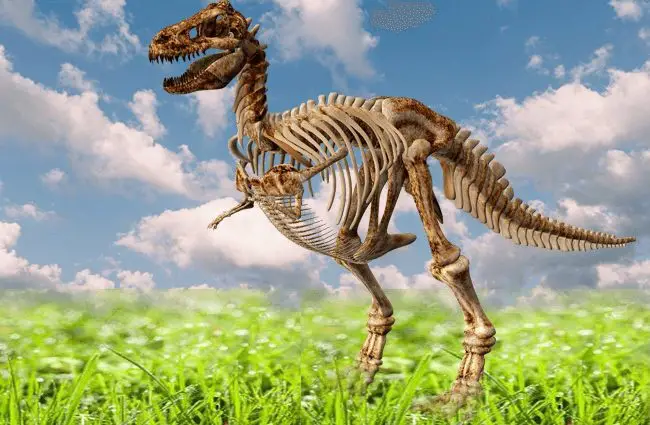
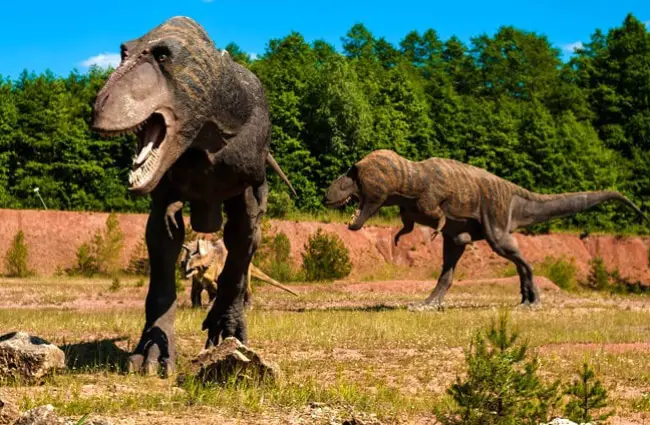
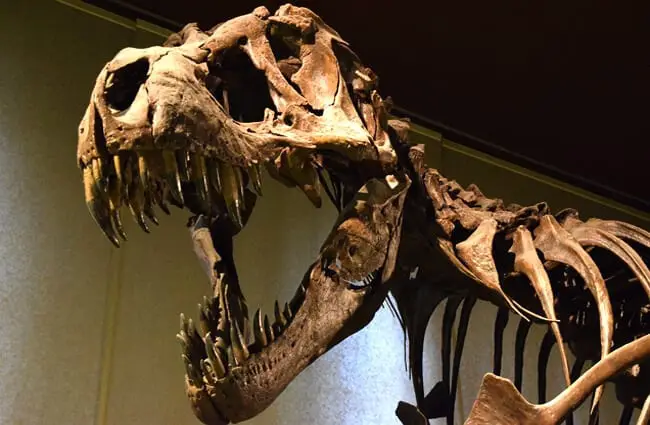
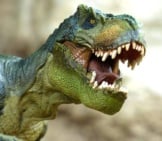

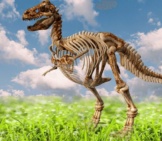
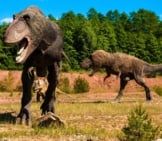

![Red Angus Closeup of a beautiful Red Angus cowPhoto by: U.S. Department of Agriculture [pubic domain]https://creativecommons.org/licenses/by/2.0/](https://animals.net/wp-content/uploads/2020/03/Red-Angus-4-238x178.jpg)












![Red Angus Closeup of a beautiful Red Angus cowPhoto by: U.S. Department of Agriculture [pubic domain]https://creativecommons.org/licenses/by/2.0/](https://animals.net/wp-content/uploads/2020/03/Red-Angus-4-100x75.jpg)

